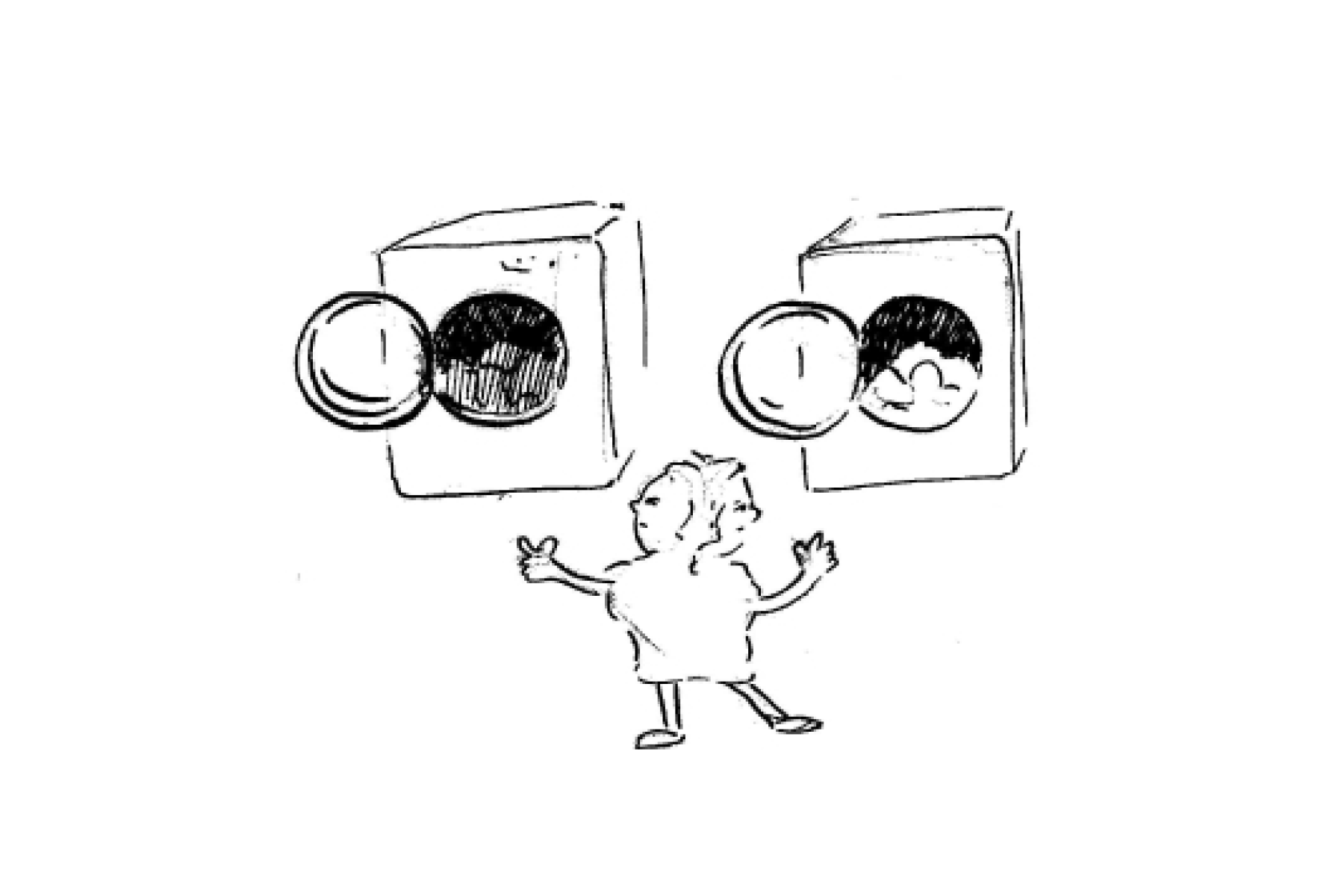
The Context
Parallel processing is a concept with application across many disciplines. In computer programming, it's when your procedure is split into parts that execute simultaneously on different processors attached to the same unit. In music production, parallel processing is when you engineer effects on two identical tracks differently, and then mix them together. And in psychology, it's when your brain simultaneously processes incoming stimuli of differing quality, like color, motion, shape and depth. Cool. But despite being used differently, all the definitions of parallel processing have one commonality. Efficiency. You maximum productivity with minimum wasted effort. By breaking up the different parts of a task and executing them concurrently, you reduce the overall amount of time it takes do something.
The Tool
Parallel Processing
PARALLEL PROCESSING — Getting projects finished with minimal wasted effort by executing simultaneously on different tracks.
Understanding the power of this strategy from a creative perspective can have a profound impact on your productivity. Especially when you're working on large, long term projects with more than a few people. Because everyone on the team will likely be operating at a different pace, facing different obstacles. And so, your ability to hustle while you wait helps move the work along. Not to mention, lower your frustration when progress isn't as swift as you'd like it to be. That's probably the biggest advantage. Parallel processing sustains momentum when you feel your projecting dragging, which keeps your spirits up. That's not an insignificant thing.

Scott's Take
When the three founders of my startup asked me to help them write and publish their first book, there were constant delays, setbacks and bottlenecks during our nine month adventure together. As executive leaders, their attention was scarce and scattered. It was hard enough getting all three of them in the same room for twenty minutes, much less on the same page for an entire book project. This meant we had no choice but to parallel process. While one founder was composing this chapter, the other founder was editing a different chapter, while the other guy was being interviewed for another. Meanwhile, my creative team was tweaking the cover and layout, while I was writing the press release. Cat herding would have been an understatement. Thankfully, we all agreed from the start that in order to finish this project on time, we needed to parallel process. The only way we would get this thing finished with minimal wasted effort was for people to execute simultaneously on different tracks.
The Rest
If you're working on a similar project, either with a team or not, get in the habit of asking this question anytime there's a delay. What work could be done in parallel while you wait? There's almost always a task that needs attention during the interim. Whether it's a few minutes, a few days or even a few weeks, leverage your downtime for something creative, productive and meaningful. To paraphrase the classic song, if you can't whistle while you work, hustle while you wait. How might parallel processing improve your team's efficiency?
The Benefits
Reduce the overall time from idea to execution
Overcome frustration when progress isn’t happening
Keep teams on schedule with projects that have many moving parts
Convert idleness into fertile time for something creative, productive and meaningful.